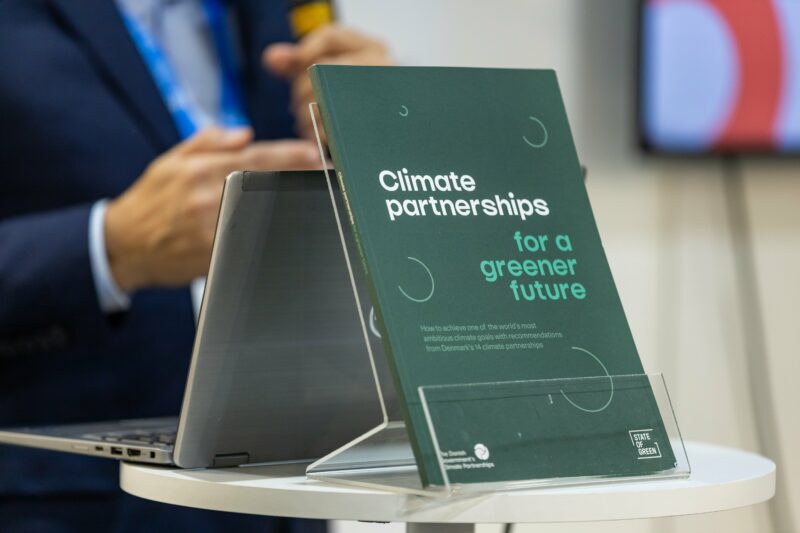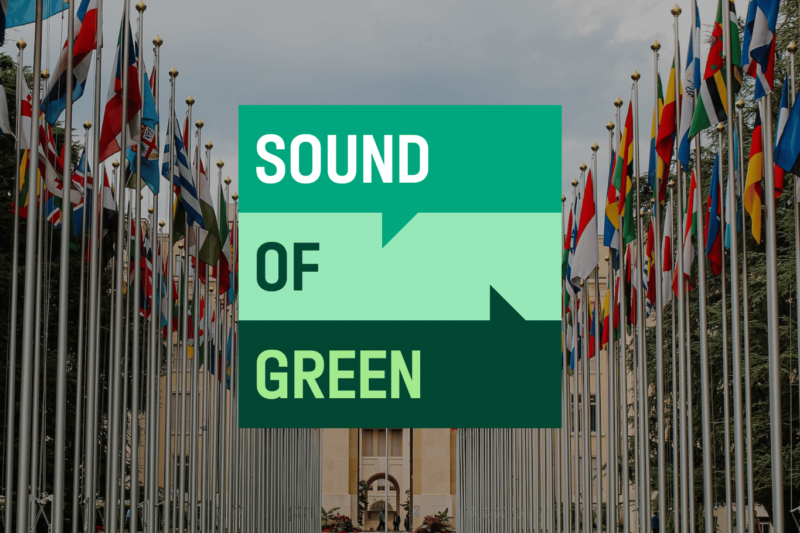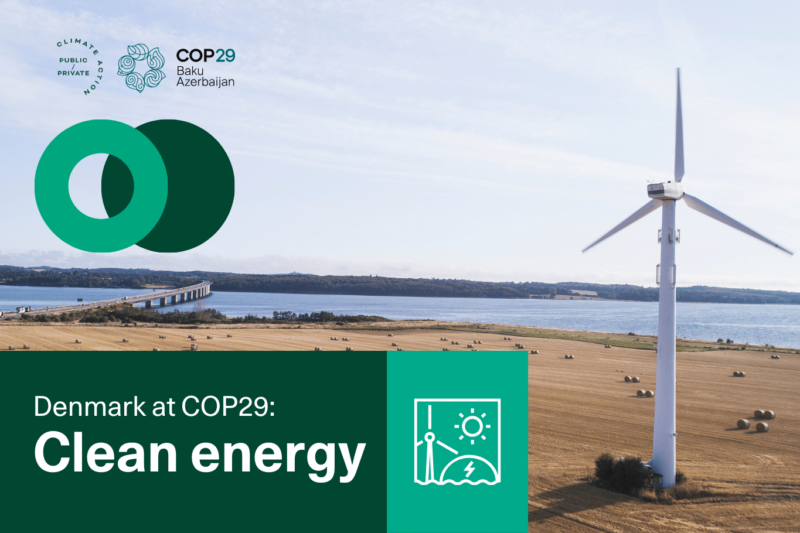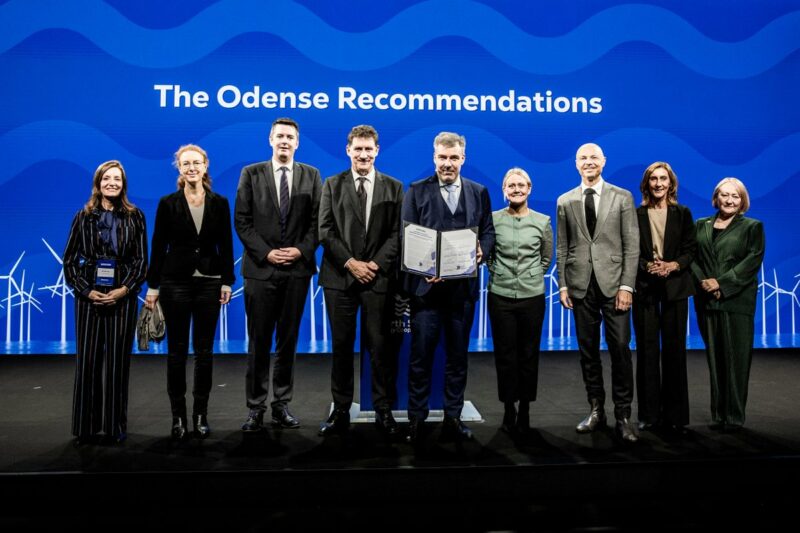Dinesh Jagdale, Joint Secretary, Ministry of New and Renewable Energy:
“The joint projects on maritime spatial planning and port infrastructure have provided significant inputs for the draft tender document that is currently under stakeholder consultation as well as the upcoming tenders for offshore wind in India. The Danish approach and experience has been very helpful to advance this and has brought great value to take us forward and reach 30 GW by 2030.”
The joint studies have been developed under the Centre of Excellence for Offshore Wind and Renewable Energy. The centre is a joint initiative between the Indian Ministry of New and Renewable Energy and the Danish Energy Agency aiming to support India’s ambitious target of 30 GW offshore wind in 2030.
Freddy Svane, Ambassador of Denmark to India:
“The India-Danish collaboration on energy has taken remarkable steps and is a key contributor to the Green Strategic Partnership between India and Denmark. Offshore wind will be the next step in India’s green transition and with a clear and strong mandate from our two countries, India and Denmark are leading this green energy transition together.”
The port infrastructure study focuses on assessment of the viability of existing ports in Gujarat and Tamil Nadu to support up to 30 GW of offshore wind development using 15+ MW wind turbines. Based on the assessment, the project also identifies possibilities for upgrade/development of port facilities.
Clear pipeline for India’s first offshore wind parks based on Danish experiences The conceptual build-out plan proposes identification of 14 sites in Tamil Nadu (southeast India) and 1 site in Gujarat (northwest India) corresponding to the planned upcoming auctions announced in the Strategy Paper for Offshore
Wind, released by Government of India in July 2022. Moreover, the report puts forward four initial sites in Tamil Nadu for the first auction of 4 GW equivalent seabed in 2022-2023 for leasing to carry out required studies and surveys, and subsequent project development under an open access model (under model-3 of the strategy paper).
Adopting a relatively high capacity density would allow for up to 25 GW across the identified areas in Tamil Nadu alone. This provides a clear pipeline and contribution to the 30 GW government target for offshore wind in 2030. In addition to spatial planning, the necessary infrastructure also needs to be in place to secure the large quantities of offshore wind. In this regard, a dedicated port infrastructure study identifies a set of ports off the Tamil Nadu and Gujarat coasts that fulfil basic navigation and access criteria to support installation of wind turbines and foundations. However, these ports require significant upgrades in key infrastructure such as quaysides and yards, which are necessary for the marshalling of wind turbine components. Therefore, a set of development alternatives are proposed for each port.

















